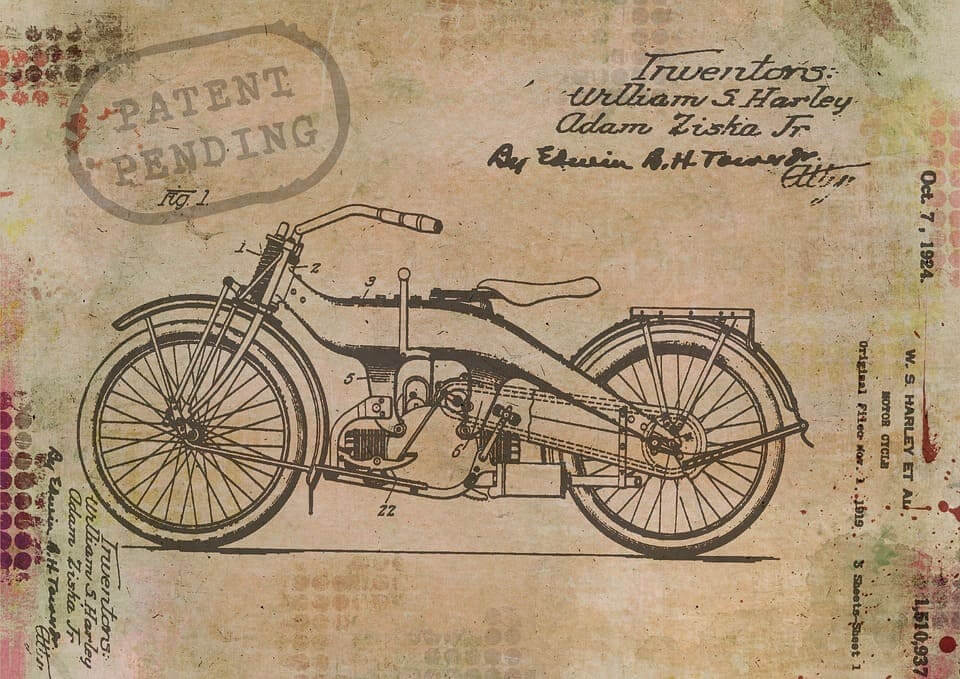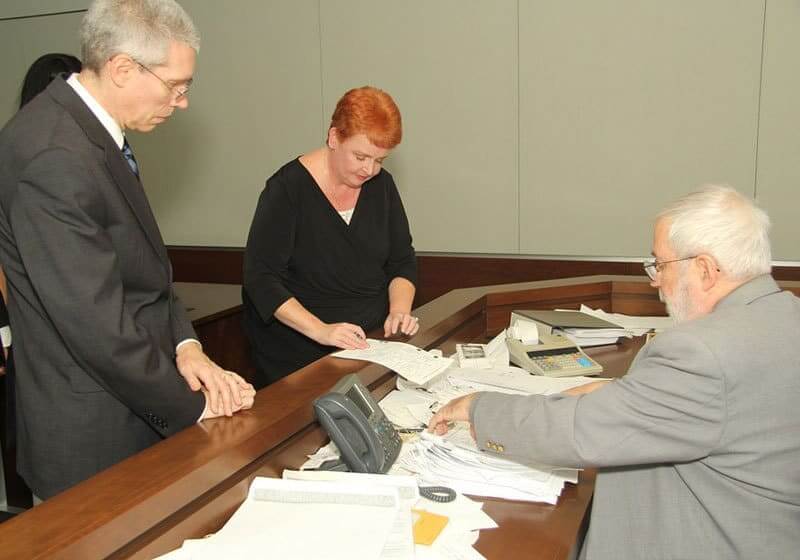Proving fault in a car accident involves establishing that the other party had a duty to act reasonably according to the circumstances, breached that duty, and caused harm as a result. Gathering evidence such as police reports, witness statements, and documentation of damages is crucial in demonstrating liability. Consulting with an experienced car accident lawyer can provide personalized guidance through this process.
Immediately after ensuring safety and calling for emergency services, gathering accurate evidence becomes critical. Imagine standing there with a phone, capturing every angle-every skid mark and traffic sign could mean the difference between a successful claim or not.
Understanding Burden of Proof
When seeking compensation for injuries sustained in a car accident, the burden of proof lies on the victim as the applicant. He has the responsibility to provide evidence supporting the claim that the other party was negligent in causing the accident and resulting injuries.
Duty: The first step in proving fault is demonstrating that the other driver had a duty to act responsibly. Essentially, this means showing that they were legally obligated to operate their vehicle in a safe and lawful manner. For instance, every driver has a duty to follow traffic laws and regulations, maintain control of their vehicle, and avoid activities that could jeopardize the safety of others on the road.
Breaching Duty: Following this, one must establish that the other party breached their duty by acting negligently. This could involve behaviors such as speeding, running a red light, failing to yield right of way, or driving under the influence of alcohol or drugs. Essentially, any action that violates their obligation to operate their vehicle safely and responsibly would constitute a breach.
Some may argue that proving negligence can be subjective or difficult. However, it is crucial to recognize that negligence typically involves common behavior that violates established traffic laws and regulations. It’s not about perfection but rather demonstrating reckless or careless conduct.
Causation and Damages
Furthermore, everybody needs to establish causation, linking the breach of duty directly to the injuries. This means demonstrating that the other party’s negligent actions were the direct cause of the accident and subsequently led to the specific injuries. It’s not enough to show that they acted negligently; the victim must also prove that this negligence directly resulted in harm to himself/herself.
Once these elements are established, he/she must then provide evidence of the damages suffered as a result of the accident. This includes medical expenses, lost wages due to inability to work, property damage, and even intangible losses such as pain and suffering.
For example, if the applicant sustained whiplash from a rear-end collision caused by the other driver’s failure to maintain a proper following distance, medical records and correspondence with the employer regarding missed work days serve as critical pieces of evidence.
The burden of proof is about presenting a compelling case through documented evidence such as medical reports, eyewitness testimonies, photographs of the accident scene and damages, alongside expert opinions if necessary.
By bearing these elements in mind when constructing the car accident claim, ensures that he/she is well-prepared and equipped with a comprehensive understanding of what it takes to prove fault and secure fair compensation.
Collecting Critical Evidence
When it comes to proving fault in a car accident, evidence is key. Collecting critical evidence goes beyond taking photos and gathering documents; it’s about creating a complete and compelling account of the accident.
Step I – Photographic and Video Evidence
Visual evidence is incredibly powerful. Detailed photos and videos can substantiate the extent of damage to the vehicle and the circumstances of the accident. When taking photos, make sure to capture different angles and distances, including close-ups of any visible injuries. If possible, include landmarks or street signs that may help clarify the location.
In addition to capturing images of the vehicles involved, don’t forget to document the surroundings. This could include traffic signals, weather conditions, or road hazards. For example, if a stop sign was obscured by overgrown trees, this could be a crucial detail in illustrating how the accident occurred. Furthermore, video footage from dash cams or security cameras in the area can provide valuable context and corroboration.
Step II – Gather Documents
It’s vital to secure all relevant documentation to corroborate all claims. This could involve obtaining medical reports detailing the injuries, repair bills for the vehicle, as well as any other documentation that demonstrates the financial impact of the accident.
The purpose of gathering these documents is not merely to quantify losses but also to provide concrete evidence of the tangible impact on victim’s life. These records help paint a complete picture of the aftermath of the accident, providing undeniable proof of the harm they’ve suffered.
Step III – Record Statements
Recording statements and gathering eyewitness accounts can significantly bolster the case. Writing down full account of the accident as soon as possible is crucial as it ensures that important details are not forgotten or altered with time. Additionally, collecting statements from any passengers or bystanders who witnessed the incident provides additional perspectives that can aid in reconstructing the sequence of events. If your vehicle has been involved in an accident and needs to be relocated for repairs or other reasons, using the services of the best car shipping company such as https://www.shiply.com/us/car-shipping can provide a reliable and safe solution.
For instance, if anyone were at a stoplight when another driver rear-ended him, a statement from an eyewitness confirming that the vehicle was stationary at the time of impact could be invaluable in establishing fault.
By carefully following these steps and documenting each aspect of the accident thoroughly, he can build a compelling case supported by critical evidence to prove fault in the car accident and successfully navigate complete insurance claim process. The depth and robustness of gathered evidence in a car accident case shape how liability is determined.
Legal Standards for Liability
When it comes to proving fault in a car accident, understanding the legal standards is essential. The outcome of a claim often rests on whether a driver violated traffic laws or acted negligently. Here are some of the common legal standards that could affect liability:
Negligence
Negligence occurs when an individual violates a traffic law that directly leads to an accident. For example, if a driver was speeding or ran a red light before the crash, this violation can be used as evidence of negligence. In such cases, the focus shifts from proving the driver’s negligence to establishing that they violated a specific law-significantly impacting fault and liability in a car accident.
Comparative Fault
In some situations, fault may not solely rest on one party. Comparative fault allows for the distribution of liability between multiple parties based on each party’s degree of fault in causing the accident. For instance, if one driver was texting while driving but the other driver ran a stop sign, both parties may bear a portion of the blame depending on their actions leading up to the collision.
It’s important to note that comparative fault is utilized in many states across the U.S., and understanding how it may apply in the specific case requires careful examination of the circumstances surrounding the accident.
Strict Liability In certain cases, strict liability applies, meaning that liability can be established without proof of negligence. This standard is often seen in commercial trucking accidents where trucking companies are held strictly liable for accidents involving their vehicles. It removes the burden of proving negligence and holds certain parties automatically responsible under specific conditions.
A practical example of strict liability would be in cases involving defective products or equipment related to the operation of commercial vehicles. If an accident is caused by a defect in the truck’s brakes, for instance, the trucking company could be strictly liable even if they were not directly negligent in maintaining the brakes.
Understanding these legal standards is critical when navigating a car accident claim, as they can significantly impact how fault is determined and how liability is assigned. By familiarizing with these standards, everyone will be better equipped to build a strong case and pursue fair compensation for injuries and damages.
Utilizing Police and Witness Reports
The moments immediately following a car accident can be chaotic, but gathering evidence is crucial for proving fault. The police report is essential because it’s considered impartial and carries significant weight when evaluating insurance claims. Once the police have investigated the accident, make sure to request a copy of the report from the department as soon as possible. This report holds valuable details about the accident scene, including information about the involved drivers, any citations issued, and an opinion about who was at fault based on the investigation.
It’s important to carefully review the police report for any inaccuracies or omissions. If there are errors or missing information, they should proactively address these with the responding officer or through legal channels.
Step II – Utilize Witness Statements
In addition to the police report, witness statements can significantly strengthen the claim. Neutrally observed accounts from third-party witnesses can provide unbiased perspectives on how the accident occurred. These statements can corroborate their version of events and bolster the claim’s credibility.
Securing witness statements as soon as possible after the accident is vital since memories can fade over time. It’s important to gather multiple statements if available to create a more comprehensive and cohesive understanding of what transpired during the accident.
By incorporating both the police report and well-documented witness statements into the case, all are better positioned to substantiate the claims and demonstrate fault in a car accident scenario.
Building a robust case for fault in a car accident involves thorough evidence collection and strategic use of information. Moving forward, we’ll dive deeper into the intricate process of insurance evaluations and how they impact fault determination.




